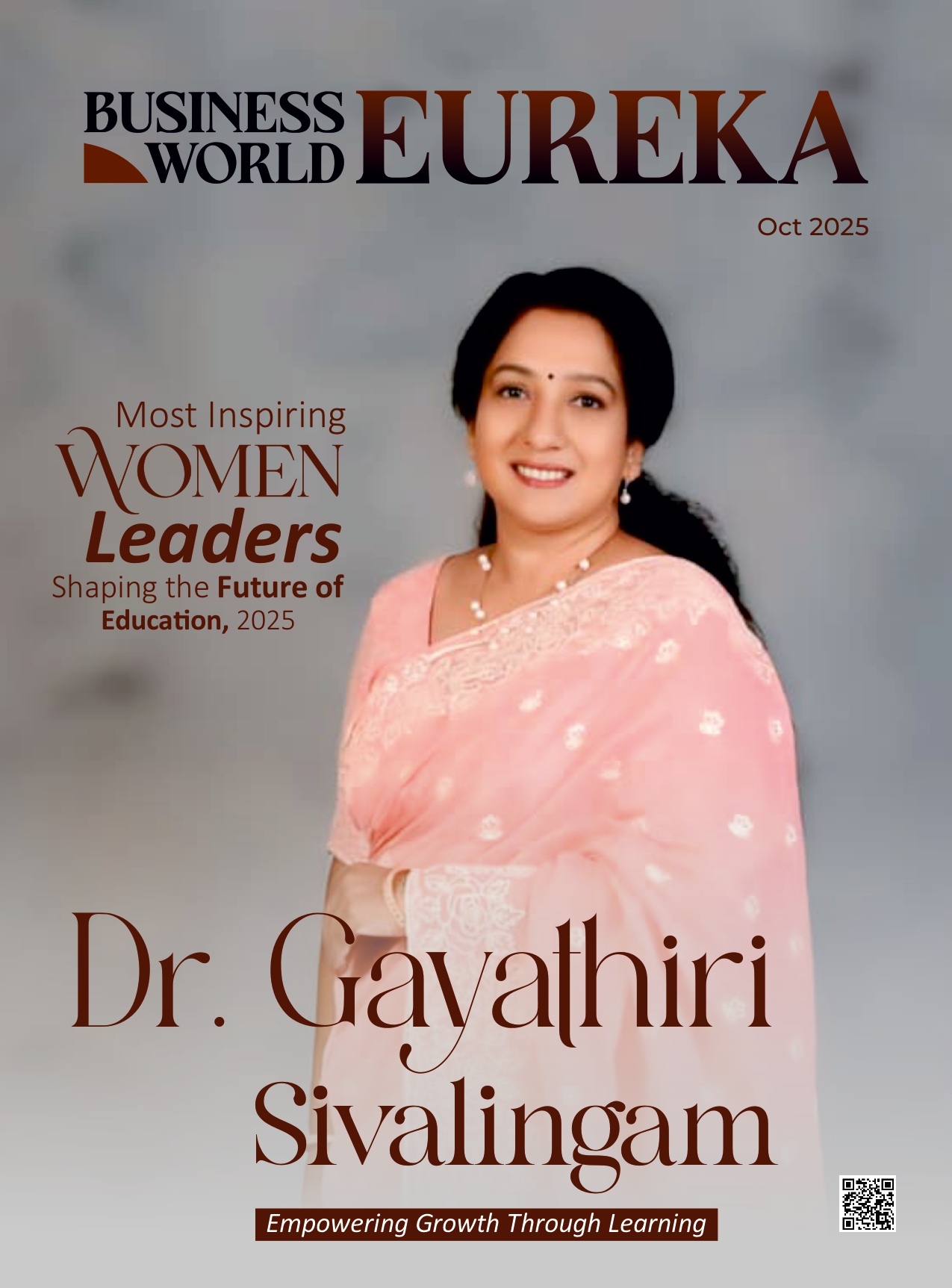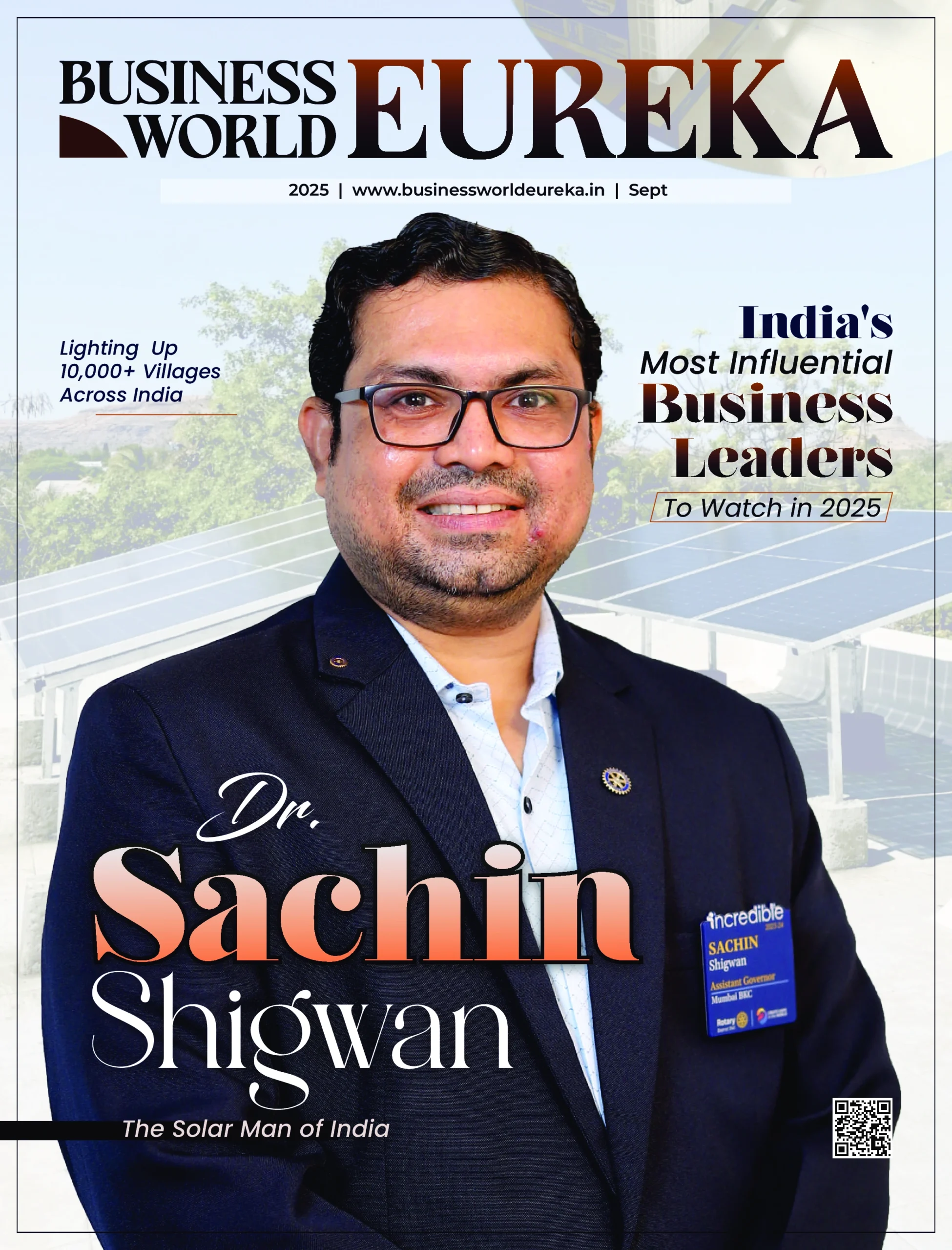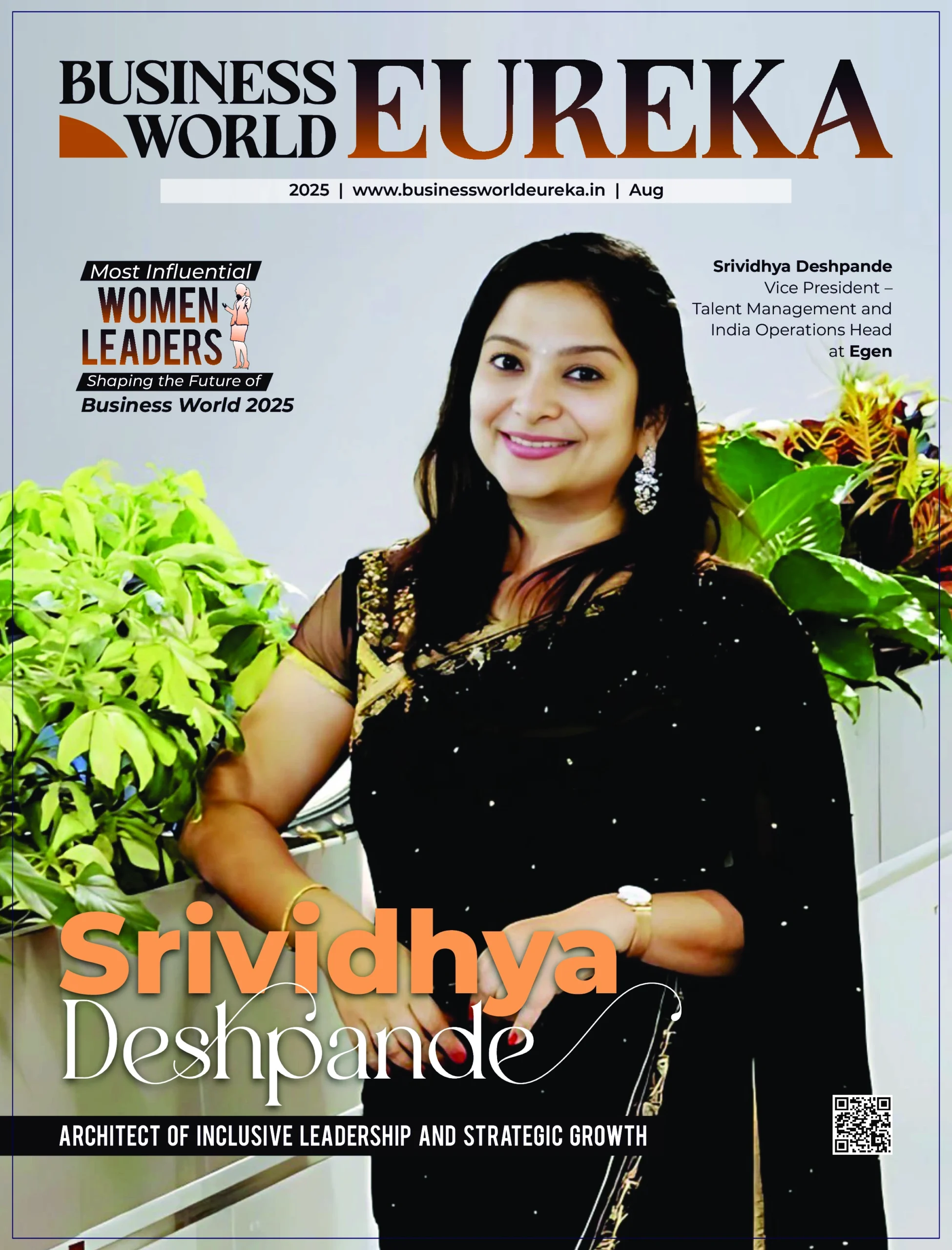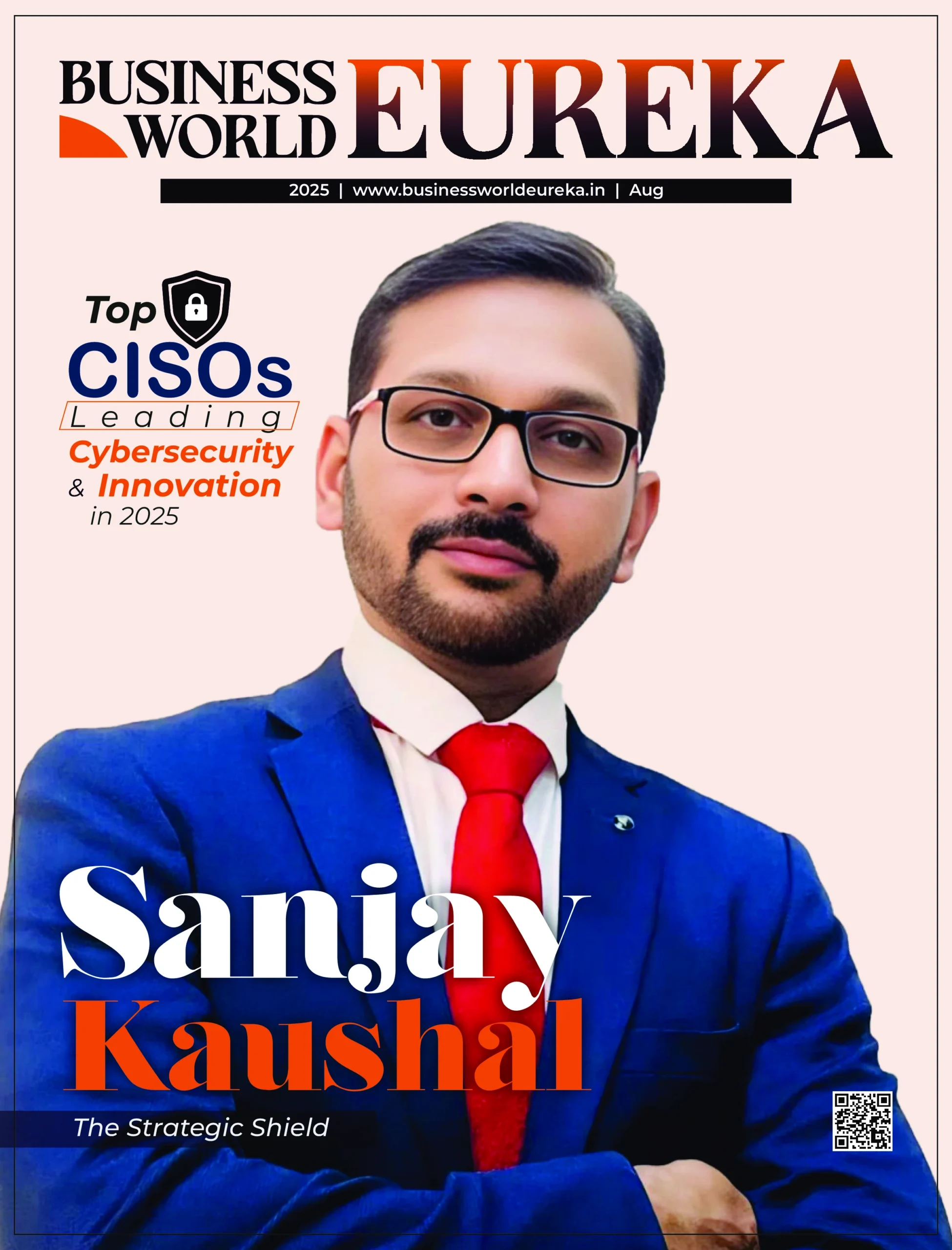Accelerated Money 4 U (AMU): Fueling Inclusive Electric Mobility

For countless people, securing quick and reliable financial support during emergencies or important life moments can feel overwhelming and out of reach. This is precisely where Accelerated Money 4 U (AMU) steps in, transforming financial hurdles into accessible opportunities.
Under the visionary leadership of Managing Director Nehal Gupta, AMU has redefined how personal loans and financial services are delivered. Nehal Gupta’s commitment to innovation and customer-centric solutions has positioned the company as a trusted partner for individuals seeking fast, transparent, and hassle-free lending options. Recognizing that time is often critical when money is needed urgently, AMU focuses on streamlined processes that cut through bureaucratic delays, ensuring clients receive funds without unnecessary wait times.
AMU’s approach goes beyond mere lending, it is about empowering customers to regain control over their financial lives. The company offers tailored financial products designed to meet diverse needs, whether it’s managing unexpected expenses, consolidating debt, or supporting new ventures. By leveraging technology and expert financial insight, AMU provides a seamless experience marked by transparency, reliability, and respect for the client’s unique circumstances.
Nehal Gupta’s leadership embodies a commitment to ethical financial services, where accessibility meets responsibility. Accelerated Money 4 U continues to stand as a beacon for those navigating financial uncertainty, helping transform stress into confidence and challenges into growth. Through AMU, financial empowerment is not just a promise, it’s a reality.
The Visionary
Nehal Gupta’s journey began at the Kelley School of Business, Indiana University, where a strong business education met a deeper calling: sustainability and inclusive growth. But passion alone wasn’t enough. Nehal recognized a critical roadblock in India’s transition to electric mobility, limited financial access for women, micro-entrepreneurs, and last-mile drivers.
Instead of accepting the status quo, she chose to rewrite the script.
Under her leadership, AMU is doing more than financing electric vehicles, it’s creating opportunities. Whether it’s through the SEWA program helping women buy their first two-wheelers or customized loans for small businesses to purchase cargo e-rickshaws, AMU is ensuring the future of mobility is accessible to all.
With over 5,000 customers served and a staggering 463% growth in the last fiscal year, AMU is proving that purpose-driven finance can be both impactful and scalable. Nehal’s vision is bold: to fund 1 million EVs by 2030 and raise $30 million to expand into rural and semi-urban markets.
Her work is not just about numbers, it’s about people, potential, and the power of inclusive innovation. In Nehal Gupta’s world, finance becomes a vehicle for change, literally and figuratively.
Driving the Green Shift
In the race toward sustainable mobility, the challenge is not just building electric vehicles, it’s making them financially accessible, especially to those traditionally left out of the credit system. That’s where AMU’s tech-enhanced NBFC model is rewriting the rules of automotive financing.
Nehal explains that unlike conventional auto loans, which often exclude borrowers without formal credit histories, AMU’s approach is rooted in inclusivity, innovation, and impact. Their fully digital, end-to-end loan origination and management system accelerates onboarding, assesses risk with precision, and enables faster disbursements. By using alternative credit evaluation tools, AMU identifies the true earning potential of EV-based livelihoods, often driven by gig workers, small fleet operators, and women entrepreneurs.
What sets AMU apart is how it leverages real-time GPS and telematics data from EVs. This not only ensures accurate monitoring of vehicle usage and repayments but also builds trust with borrowers through fair, tailored financial products. Traditional lenders typically hesitate to fund EVs due to concerns about battery degradation, low resale value, and uncertain infrastructure. AMU addresses these head-on with battery top-up loans, refinancing for retrofitted vehicles, and repayment models that align with fluctuating cash flows of daily earners.
She points out that the company’s digital servicing model allows them to scale across geographies without the need for a dense physical presence. That means lower costs, faster support, and better reach into underserved markets. Their partnerships with OEMs, charging station providers, and digital ecosystems further strengthen their offering, bundling financing with insurance, maintenance, and even asset recovery solutions. Beyond just loans, AMU runs targeted financial literacy campaigns, especially under its SEWA program, helping women entrepreneurs confidently adopt electric mobility.
In essence, AMU is not just lending, it’s building an entire support system for EV adoption. Through a blend of technology, empathy, and insight, Nehal and her team are making green mobility not just a possibility, but a reality for millions.
Future-Proofing Finance
To thrive in the fast-evolving world of electric vehicles (EVs) and drones, one must look beyond conventional finance. That’s exactly what AMU has done, crafting a multi-layered, forward-thinking risk mitigation framework tailored for emerging technologies.
Nehal explains how AMU, a tech-enhanced NBFC with a focus on green mobility and sustainable assets, integrates financial prudence, technological foresight, and ecosystem collaboration to manage credit and operational risks effectively.
One of AMU’s cornerstone strategies is its robust asset underwriting process, which goes far beyond traditional credit checks. By leveraging alternative data, telematics, and real-time performance metrics, the company evaluates both the borrower and the asset’s viability. For EVs, this means tracking metrics like battery health and usage patterns to better forecast asset performance and repayment capacity. For drones, still an emerging market in India, AMU only finances operations through certified operators in compliance with DGCA regulations, helping to minimize legal and operational uncertainties.
AMU also diversifies its portfolio by spreading exposure across various customer segments such as retail users, MSMEs, and fleet operators, and across different asset types like passenger EVs, commercial vehicles, cargo rickshaws, and UAVs. This helps minimize concentration risk and adds resilience against potential technology-specific disruptions.
Staying proactive, AMU maintains close relationships with policymakers and industry bodies like EMFAI to remain agile amid regulatory shifts. Their collaborations with OEMs, service providers, and battery management companies ensure asset longevity by securing reliable after-sales service, parts, and warranties. Additionally, AMU integrates co-lending and risk-sharing mechanisms through partnerships with fintech and insurance providers to cushion against defaults.
A tech-enabled internal governance structure reinforces AMU’s risk strategy. This includes early warning systems, automated repayment tracking, geo-fencing, and regular portfolio audits and stress testing.
Nehal emphasizes that AMU’s approach balances innovation with responsibility. By merging regulatory alignment, sector-specific knowledge, and cutting-edge risk controls, AMU is shaping a resilient, future-ready model for financing green technologies, while protecting the interests of borrowers, partners, and investors alike.
Inside the Tech-Driven System Powering Asset Quality
With the rise of electric vehicles (EVs) and unmanned aerial vehicles (UAVs), ensuring asset quality while scaling rapidly is no easy feat. Yet, AMU has built a system that not only keeps up with this rapid growth but stays ahead of the curve.
Nehal explains that AMU’s asset management system is the backbone of its success in niche and evolving sectors. Designed to manage the complete asset lifecycle, from acquisition and deployment to servicing and recovery, it is deeply rooted in both technology and customer experience.
At its core lies a robust digital infrastructure. Every financed EV and drone is fitted with GPS, telematics, and IoT sensors, offering real-time visibility into asset location, usage, battery condition, and maintenance needs. This constant stream of data empowers AMU to proactively track performance, spot issues early, and safeguard both the asset and the borrower’s interests. Features like geo-fencing add another layer of protection by instantly flagging unauthorized movement.
This system doesn’t work in isolation. Nehal highlights how AMU’s asset management is tightly integrated with its loan servicing and risk operations. The moment an issue arises, be it asset underperformance or a missed repayment, automated alerts trigger a rapid response. A dedicated field team and a network of service partners are activated to address repairs, provide parts, or step in with borrower support. For UAVs, regulatory compliance is non-negotiable; every drone is registered with the DGCA and operated only by certified users, ensuring both safety and legal adherence.
To preserve long-term asset value, AMU also offers structured maintenance plans and warranty-linked services. For instance, EV clients often benefit from bundled battery swaps and periodic servicing, reducing downtime and keeping the assets income-generating. This results in better repayment behaviour and sustained asset productivity.
As AMU expands its footprint, it turns to automation and analytics to maintain scale without sacrificing quality. Predictive models forecast asset depreciation, residual value, and loan performance, guiding the design of financing terms that are both competitive and secure. The unified tech platform ensures that no matter the region, data is captured, analyzed, and acted on consistently.
In short, Nehal shares how AMU’s asset management system is more than just a tracking tool, it’s a strategic engine that blends smart technology, on-ground support, and trusted partnerships. It’s this combination that enables AMU to venture boldly into new sectors like EV and UAV financing, without ever compromising on asset quality.
Designing Lending for India’s Heartland
Striking the right balance between security, user experience, and accessibility is no easy feat, especially when the goal is to empower underserved populations in Tier 2 and Tier 3 cities. Yet, that’s exactly what AMU’s digital lending platform has achieved through a deeply human-centric approach to fintech innovation.
Nehal explains that the platform has been crafted to meet the unique needs of users who often face barriers like low digital literacy, limited access to formal banking, and a general mistrust in traditional financial systems. AMU’s answer? A solution that feels familiar, safe, and approachable, right from the first interaction.
The user interface is mobile-first and multilingual, equipped with intuitive, icon-based menus that simplify navigation for first-time digital users. For those who need extra help, AMU’s on-ground teams and channel partners offer assisted journeys using mobile devices or tablets, bringing a personal, face-to-face touch to a digital process. This “phygital” model ensures no one is left behind.
When it comes to accessibility, the platform accepts alternative data like Aadhaar, eKYC, utility bills, and mobile transaction history, making it easier for borrowers without traditional credit reports to gain financial access. Integration with DigiLocker and UPI APIs reduces friction, cuts paperwork, and brings informal sector workers into the financial mainstream. Even in areas with patchy internet, the platform performs reliably thanks to its optimization for low-bandwidth environments.
Security is never compromised. AMU employs end-to-end encryption, secure cloud infrastructure, multi-factor authentication, and biometric verification to protect both data and transactions. Digital consent mechanisms and adherence to RBI’s digital lending regulations further strengthen trust. Regular cybersecurity audits and system checks ensure resilience and compliance.
Nehal adds that user education is also a key focus. In-app tutorials, regional videos, and local workshops guide users in understanding and safely using the platform, building digital confidence over time.
By weaving together intuitive technology, security by design, and grassroots accessibility, AMU’s lending platform is not just a financial product, it’s a catalyst for inclusion. It opens doors for small entrepreneurs, drivers, and women borrowers in India’s heartland to step into the green economy, one loan at a time.
Cracking the EV Code in India’s Heartland
As India’s electric vehicle movement begins to pick up speed beyond metropolitan borders, scaling it across diverse states like Odisha, Bihar, Jharkhand, and Madhya Pradesh presents an entirely different challenge. These regions are not just geographic expansions, they are socio-economic puzzles that require thoughtful, tailored financial solutions.
Nehal explains how AMU is preparing for this next phase of growth by leaning into the unique characteristics of each region. From underdeveloped EV infrastructure to limited digital credit histories, the road to adoption is not a smooth one, but AMU is approaching it with a mix of technology, local insight, and empathy.
One of the first hurdles is the lack of EV-supporting infrastructure. In rural and semi-urban belts, the absence of charging stations or battery-swapping networks can easily deter potential EV owners. To address this, AMU is building partnerships with OEMs, battery operators, and grassroots entrepreneurs to create micro-infrastructure hubs, while promoting swappable battery models to overcome the need for fixed stations.
Then comes the credit barrier. Many potential EV users, like e-rickshaw drivers and small fleet owners, lack traditional income proof or formal credit histories. AMU aims to fill this gap with its tech-enabled underwriting methods. These include cash flow-based lending, community referrals, and tools like Aadhaar-linked eKYC to assess risk more inclusively.
But beyond logistics and technology lies the human factor: financial literacy and trust. First-time borrowers in these regions are often skeptical of formal lenders due to past experiences or limited exposure. Nehal shares that AMU plans to deploy trained field agents and women-led SEWA representatives who will work directly with local communities to build trust, explain product offerings, and assist in digital onboarding, all in the borrower’s preferred language.
She also emphasizes the need to account for cultural and seasonal nuances. For instance, flood-prone areas in Bihar may need flexible repayment plans, while tribal belts in Jharkhand might require more personalized engagement due to mobility constraints. AMU’s answer: flexible EMIs, seasonal moratoriums, and bundled services that include insurance, maintenance, and GPS tracking.
With this multifaceted approach, anchored in deep fieldwork, local partnerships, and community engagement, Nehal believes AMU is not just entering new markets; it’s creating a model of inclusive, sustainable finance that respects the rhythm of each region.
In doing so, AMU is poised to become more than a lender, it’s shaping up to be a long-term ally in India’s green mobility revolution.
Flying Beyond Roads
AMU is expanding its footprint in sustainable transportation by taking a bold leap from roads to the skies. Its strategic collaboration with TSAW Drones reflects a clear vision to unlock financing in sectors that have long remained untapped, such as advanced air mobility (AAM). This initiative goes beyond funding UAVs; it lays the foundation for a new era in transport by enabling access to aerial technology for underserved businesses.
Nehal highlights that AMU stands among the first financial institutions in India to introduce structured financing solutions for drones. TSAW Drones, a deep-tech logistics company, brings innovation in drone manufacturing and deployment for use cases ranging from healthcare and defence to last-mile delivery and infrastructure monitoring. Through this partnership, AMU is offering capital access to drone users such as MSMEs, health-tech startups, and public sector contractors, segments often left out by traditional finance systems.
AMU’s experience in the electric vehicle (EV) financing space has provided valuable insights now being applied to drone financing. The first key learning involves asset-based risk assessment. Just as AMU evaluates EVs using battery diagnostics, GPS tracking, and telematics, a similar data-driven approach is being used to assess drones. Parameters such as flight hours, maintenance cycles, and real-time location data help ensure better asset control and lower risk.
The second learning revolves around building strong ecosystem partnerships. In the EV segment, AMU collaborates with OEMs, service providers, and battery manufacturers. Similarly, the alliance with TSAW guarantees that only DGCA-compliant drones are financed. TSAW also offers operator training and post-sale service support, ensuring that the financed drones remain commercially viable over time.
The third and most critical lesson is the need for inclusive underwriting models. Many potential drone operators, such as agricultural entrepreneurs or logistics providers, do not have formal credit histories. AMU draws from its experience in Tier 2 and Tier 3 cities, using alternate data like GST returns, digital transactions, and contract work history to assess creditworthiness, thus enabling financial access without compromising risk standards.
Through this collaboration, AMU is transferring the discipline, strategy, and technology developed in the EV sector to the emerging field of drone mobility. Nehal affirms that this is the beginning of a larger vision, to democratize access to sustainable transport technologies and empower India’s evolving industries with intelligent, inclusive finance.
Measuring Loyalty in Motion
To understand the true effectiveness of a customer-first strategy, data must tell the story. That’s exactly how AMU evaluates its impact in driving repeat business and long-term loyalty, through a well-defined set of customer-centric metrics that reflect both performance and trust.
Nehal says that at AMU, the commitment to customer satisfaction, especially in underserved Tier 2 and Tier 3 markets, is not just a philosophy. It’s a measurable framework that guides every decision. Here are the key performance indicators (KPIs) that serve as the compass for AMU’s customer loyalty efforts:
- Customer Retention Rate: This metric helps AMU understand how many customers are returning for additional financial services. A high retention rate signals that customers find continued value in AMU’s offerings, whereas a dip prompts the team to reassess touchpoints such as service quality or product relevance.
- Repeat Loan Applications: When customers return for a second or third loan, it speaks volumes. This metric reflects customer satisfaction with their initial experience. It also helps AMU identify opportunities to introduce complementary products like battery top-up loans or maintenance financing.
- Net Promoter Score (NPS): The NPS serves as a pulse check for customer advocacy. AMU frequently surveys clients to assess whether they would recommend its services, which provides valuable insights into trust and overall satisfaction with its digital platform and support systems.
- Customer Satisfaction (CSAT) Scores: Through regular feedback surveys, AMU tracks CSAT across various customer journeys, right from application to post-loan servicing. Consistent or improving scores reflect that AMU is either meeting or exceeding customer expectations.
- Repayment Rate and Timeliness: Smooth repayment experiences can foster long-term loyalty. By monitoring repayment behaviors, especially among repeat borrowers, AMU can assess how customers are interacting with loan terms and whether they’re inclined to re-engage in the future.
- Referral Rate: Word-of-mouth remains a powerful growth driver. AMU tracks how many new customers are referred by existing ones, an authentic reflection of satisfaction and brand trust.
Through these data-backed insights, Nehal emphasizes that AMU doesn’t just talk about being customer-centric, it proves it. The company uses these metrics not only to evaluate past performance but to shape future strategies, ensuring that the voice of the customer stays central to its growth in the green mobility and sustainable financing space.
Operational and Technological Shifts
AMU’s phenomenal 3X revenue growth in FY24 was no accident, it was the result of strategic operational and technological pivots designed to scale efficiently and meet soaring demand for sustainable finance solutions. These shifts have laid a solid foundation as the company eyes an ambitious INR 400 crore fundraising target for the coming year.
Nehal explains that one of the major drivers was the optimization of AMU’s digital lending platform. By harnessing AI-driven underwriting, alternative data sources like mobile transaction histories, and advanced machine learning algorithms, the company drastically improved the speed and accuracy of loan approvals. This allowed AMU to expand its reach into Tier 2 and Tier 3 cities, where traditional credit scoring fell short. The outcome? Faster approvals, smoother operations, and a better customer experience. Continued investment in platform upgrades and fintech integration will be key to sustaining this momentum.
Another critical shift involved localized, tech-enabled field operations. AMU deployed a hybrid model where field agents provide a mix of digital and face-to-face support, especially in underserved rural areas. This approach not only unlocked untapped markets but also fostered trust within local communities—vital for customer retention and repeat business. Nehal highlights plans to grow and train this field force further, supported by real-time data analytics to optimize performance.
Strategic partnerships formed a third pillar of AMU’s growth story. Collaborations with OEMs, battery suppliers, and service networks created an integrated ecosystem for electric vehicles and UAVs. This comprehensive offering, which includes financing, insurance, maintenance, and asset management, boosted customer confidence and differentiated AMU in a competitive market.
Finally, AMU revamped its loan recovery and risk management through a data-driven approach. The establishment of EV Replay as a standalone vertical specializing in the resale and refurbishment of certified second-hand e-rickshaws turned repossessed assets into affordable mobility options for more customers. Incorporating GPS tracking and telematics improved asset oversight and recovery, especially in rural regions. Nehal emphasizes that these innovations, along with strengthened risk controls, give investors confidence in AMU’s capital efficiency and scalability.
How Gender-Inclusive Policies
AMU’s commitment to gender inclusivity goes far beyond policy statements, it actively shapes real outcomes in leadership diversity and product innovation for women entrepreneurs, particularly within the electric mobility sector. This dedication reflects the company’s core mission to create equal opportunities and foster a supportive ecosystem where women can thrive as leaders and business owners.
Nehal explains that AMU, a woman-led organization, prioritizes diversity at every level of leadership. By ensuring women hold key decision-making roles across departments such as finance, operations, and strategy, AMU cultivates a culture where diverse perspectives fuel innovation and inclusive growth. Beyond representation, the company champions mentorship and career development programs that build a strong pipeline of female leaders who serve as role models and advocates for gender equality throughout the organization.
On the product front, AMU designs financial solutions tailored specifically to the challenges faced by women entrepreneurs in electric mobility. Its flagship SEWA program empowers women to own and operate electric vehicles like e-rickshaws through accessible loans with flexible terms and lower documentation hurdles. Additionally, AMU partners with manufacturers to provide safer, easier-to-use vehicles and integrates smart financing options, such as maintenance loans and battery swap schemes, to reduce financial burdens and operational risks for women.
Furthermore, AMU’s gender-responsive operational practices include equitable pay and flexible work conditions, enabling women employees and entrepreneurs alike to balance professional goals with personal responsibilities. These holistic efforts underscore AMU’s belief that gender-inclusive policies are essential not only for internal culture but for driving broader empowerment and sustainable growth for women in the cleantech arena.
Explore more insightful articles, interviews, industry news, and business magazines on our website. Click here to stay informed and inspired!
Latest Editions
-
Most Inspiring Women Leaders Shaping the Future of Education, 202501 Oct 2025 magazines
-
India’s Most Impactful Personalities to Follow in 202527 Sep 2025 magazines
-
India's Most Influential Business Leaders To Watch in 202510 Sep 2025 magazines
-
Most Influential Women Leader Shaping the Future of Business World, 202522 Jul 2025 magazines
-
Top CISOs Leading Cybersecurity & Innovation in 202509 Jul 2025 magazines






